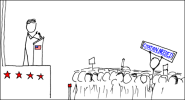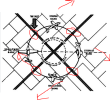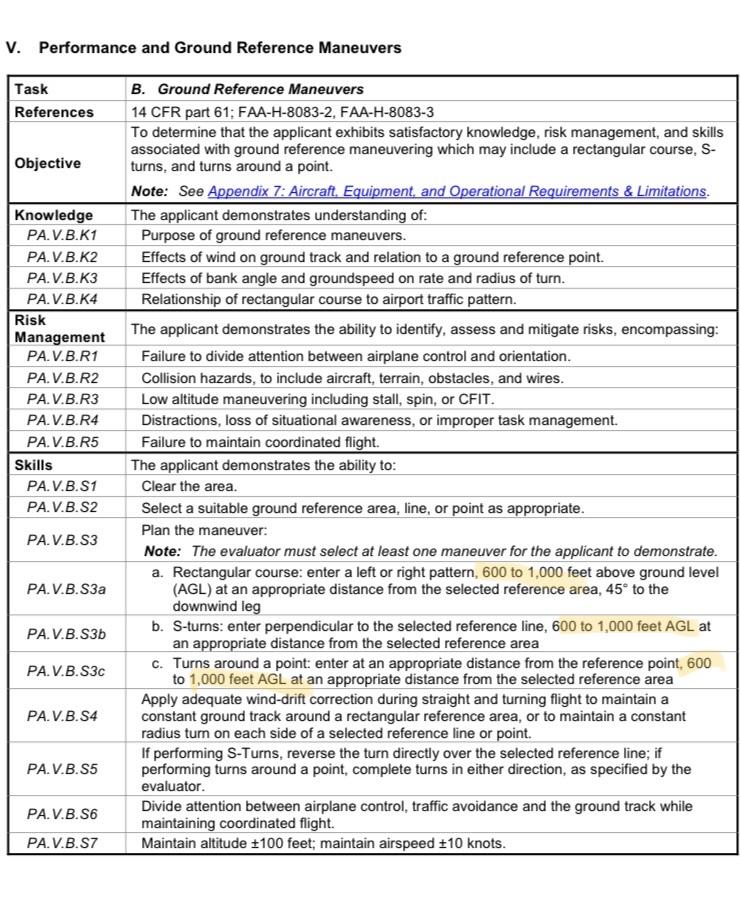AV8R_87
Pre-takeoff checklist
Question for the CFIs here (but not limited to them), what is your method for teaching turns around a point (and S-turns) in a low wing?
On a high wing you can usually place the reference point on (or in the vicinity) of the main gear, but on a low wing your reference point is obscured by the wing.
How do you make a perfect turn without banking it 60 degrees?
On a high wing you can usually place the reference point on (or in the vicinity) of the main gear, but on a low wing your reference point is obscured by the wing.
How do you make a perfect turn without banking it 60 degrees?





